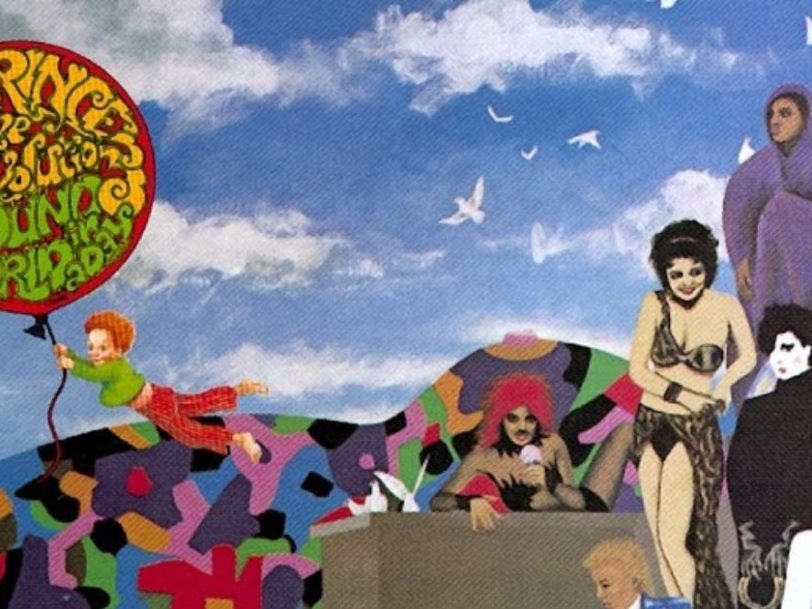Having recently taken his place among the best 80s musicians – and fast on his way to standing alongside the most influential musicians of all time – Prince had the world at his feet when his sixth album, Around The World In A Day, was released, in the spring of 1985. Hitting the shelves just weeks after the Purple Rain tour came to a close, the album came as a surprise following Prince’s announcement, only weeks earlier, that he was taking some time away from live performance in order “to look for the ladder”.
Listen to ‘Around The World In A Day’ here.
“It was a new beginning… he just had to keep working”
Around The World In A Day had, however, been ready for months. Working into the early hours of Christmas Day, 1984, Prince and his studio engineer Susan Rogers had finalised the album in a mobile recording unit parked outside his home. More interested in finishing the record than in celebrating the holidays, Prince was determined to move beyond the songs that had brought him worldwide fame, but which had begun to feel stale amid nightly concerts before audiences “who screamed just because that’s where the audience screamed in the movie”.
“He knew that Purple Rain was something that would always be there for him, but it wasn’t the gold watch at the end of a career,” Lisa Coleman, keyboardist in Prince’s then band, The Revolution, told this author for the book Lives Of The Musicians: Prince. “It was a new beginning… he just had to keep his head down and keep working if he was gonna be the great Prince that he wanted to be.”
“I didn’t wait to see what would happen with ‘Purple Rain’”
Fuelled by his new-found fame and a boundless creative energy, Prince had begun recording Around The World In A Day before Purple Rain was even released. Calling his decision to keep moving forward “the smartest thing I did”, Prince told Rolling Stone, “I didn’t wait to see what would happen with Purple Rain. That’s why the two sound completely different.”
Another key reason for Around The World In A Day’s difference was Prince’s expanding group of collaborators. Having previously recorded the majority of his albums himself, he now began asking Lisa Coleman and Revolution guitarist Wendy Melvoin to work in the studio with him, encouraging them to add their own musical influences to his songs. With Wendy and Lisa bringing Brazilian and classical music to Prince’s attention, Wendy’s twin sister, Susannah, with whom Prince had begun a romantic relationship, also opened him up to classic rock bands he’d been aware of but never fully investigated, The Beatles and Led Zeppelin among them.
“We were very close and spent a lot of time together and nourished each other a lot,” Coleman explained in Lives Of The Musicians: Prince. “He trusted me and Wendy to work in the studio either with him or even when he wasn’t there.”
This intimacy shaped Prince’s new music in profound ways: in devising a harpsichord part that underpinned Raspberry Beret, Coleman defined one of the best Prince songs of all time; the array of instruments – oud, finger cymbals and darbuka among them – which gave Around The World In A Day’s title track its global flavour came courtesy of Coleman’s brother, David, who was happy to donate his original demo of the song to Prince’s new album, after he had worked it up during paid-for studio time received as a birthday present from Prince.




